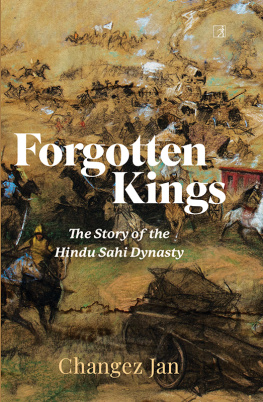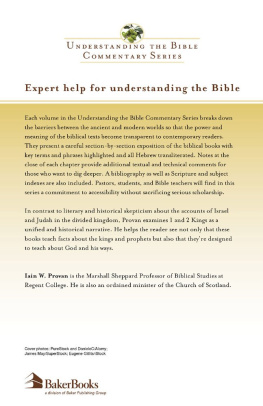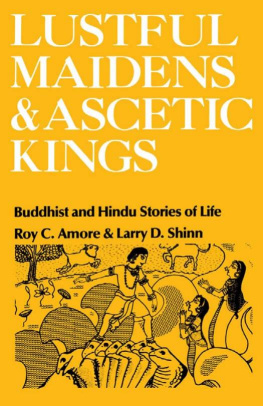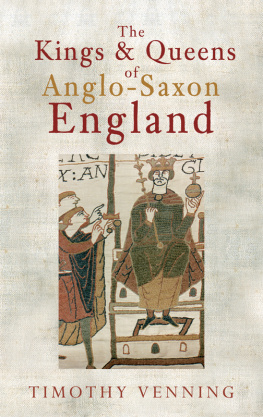
Forgotten Kings
Forgotten Kings
The Story of the Hindu Sahi Dynasty
CHANGEZ JAN

Authors Note
T here is a saying regarding how history is recorded, often being written by the victors and seldom told from the point of view of those that have lost. When writing about the Hindu Sahi dynasty, the majority of the sources belong to authors that were either in service of the victors, the Ghaznavids, or were sympathetic to their cause as they shared a common faith. The Hindu Shahi or Sahi Kingdom was established in the late 9th century in what is now a part of northwest Pakistan and Afghanistan. The dynasty was extinguished by their mortal enemy, Mahmud of Ghazni, in the early part of the 11th century. In some texts, the dynasty is known as the Shahi dynasty while in others they are referred to as Sahi. In my book, I have used the latter as I find it easier, Shah being a title that is used by many kings and dynasties before and after them.
During this period that comes close to two centuries, it is difficult to determine the narrative of events. The sources for the earlier part of the history of the Sahis is scant. We rely on information available from the coins that they minted; inscriptions found on the remains of the buildings that either they or their contemporaries built also provide a few details. The inscriptions that refer to the Sahi kings include one found Barikot in Swat (now also at the Lahore Museum), the Hund Slab (currently also in the Lahore Museum), the Dewai inscription found in Dewai, Gadun (Khyber Pukhtunkhwa, Pakistan) and a white marble slab that was discovered at a site known as Ranigat in Buner. A reference is also made to the Sahi kings in an inscription by the second Chandela king, Dhanga (950999 ce) at a temple in Khajuraho, the original capital of the Chandelas.
As for the latter Sahis, they are mentioned as notable kings in books written by the courtiers of their enemies and in this category, I rely mainly on Alberunis India, the 11th-century chronicle.
Abu al-Rayhan Muhammad ibn Ahmad Alberuni (973 1048 CE), was born in Kath in Khwarizm. Today, this land straddles the modern-day countries of Uzbekistan, Kazakhstan and Turkmenistan. Alberuni was a polymath, well versed in astronomy, geometry, history and logic.
His foster father, Mansur, was a member of the royal family and a distinguished mathematician and astronomer. He introduced Alberuni to geometry and astronomy. Alberuni spent the first 25 years of his life in Khwarizm where he studied the body of Islamic law, theology, grammar, mathematics, astronomy and other sciences. Khwarizm had long been famed for its advanced culture. Its cities had magnificent palaces and religious colleges and the sciences were esteemed and highly developed. In 998 CE, Alberuni moved to the court of the Amir of Tabaristan. In fact, the word Beruni means from an outer district or foreign so he was known as the foreigner.
Alberuni, despite being a courtier of Mahmud of Ghazni and his son, does not vilify the Sahis, but is almost sympathetic to them. In fact Alberuni in his time predicted that that the actions of Mahmud would earn the animosity of Hindus towards Muslims. Mahmud utterly ruined the prosperity of the country, and performed there wonderful exploits, by which the Hindus became like atoms of dust scattered in all directions, and like a tale of old in the mouth of the people. Their scattered remains cherish, of course, the most inveterate aversion towards all Muslims.
One fact that makes Alberuni a reliable source was that he was a contemporary of the later Sahis.
Another well-disposed source is the Kashmiri historian, Kalhana, and his book, Rajatarangini, written in Kashmir in the 12th century. Kashmir plays a significant role in the history of the Sahisinitially a rival kingdom and then a key ally, the bonds between the states became stronger through marriages. Ultimately, Kashmir became a refuge for the Sahi descendants after they had been driven from their ancestral lands. Unlike Alberuni, Kalhana was not a contemporary he lived in the 12th century at the court of King Harsha of the Lohara dynasty. He was a Kashmiri Brahmin and his father, Chanpaka, is thought to have been a minister at Harshas court. Kalhanas birthplace was Paraspur, some 22 kilometres from Srinagar. He was the author of the epic Rajatarangini (River of Kings), an account of the history of Kashmir written between 1148 and 1149 CE. Rajatarangini was translated by the Hungarian-born British archaeologist, Marc Aurel Stein, in 1900 and all the information that we have about Kalhanas life is from Steins translation.
In the modern materials that I found, foremost is the work of two historians: Yogendra Mishras The Hindu Sahis of Afghanistan and the Punjab and Abdur Rahmans The Last Two Dynasties of the Sahis. Rahman relies on a lot of information from the Tarikh-e Sistan which looks mostly at the Saffarid kings that ruled Sistan but contains information on their invasions of Kabul and other Sahi territories under the brothers Yaqub bin Layth and Amr bin Layth.
One of the key differences in the sources concerns the first Sahi king: while Alberuni names the founder of the dynasty Kallar, Kalhana mentions a king named Laliya Sahi. While Rahman considers these two as different personalities, Yogendra Mishra explains that the difference in names could be that the Sahi king prefixed Kala to his name and had become Kala-Laliya.
Rahman is a good source for the inscription that was found on the Hund Slab mentioned above. According to him, he visited Hund and obtained a photograph of the slab, but unfortunately, he was unable to see the inscription itself.
Abdur Rahmans work is more recent than Mishras and they do not agree on many points. In fact, they both have a different sequence of kings; Mishra counts eight whereas Rahman lists ten. They both also give different timelines of the respective kings.
According to Yogendra Mishra, the Hindu Sahis and their reigns were as follows:
| 1. Kallar or Laliya Sahi | 865895 CE |
| 2. Kamaluka Toramana | 895/902921 CE |
| 3. Samantadeva | 835902 CE |
| 4. Bhimadeva | 921960 CE |
| 5. Jayapala | 9601002 CE |
| 6. Anandapala | 10021013 CE |
| 7. Trilochanapala | 10131021 CE |
| 8. Bhimpala | 10211026 CE |
On the other hand, the chronology of the Hindu Sahis and their reigns, according to Rahman were:
| 1. Kallar | 813850 CE |
| 2. Samantadeva | 850870 CE |
| 3. Khudarayaka | 870880 CE |
| 4. Lalliya | 880902 CE |
| 5. Toramanu/Kamalu | 903921 CE |
| 6. Bhimadeva | 921964 CE |
| 7. Jayapaladeva | 9641002 CE |
| 8. Anandapala | 10021010 CE |
| 9. Trilochanapala | 10101021 CE |
| 10. Bhimapala | 10211026 CE |
Laliya (or Lalliya) and Kallar, according to Rahman, are two separate kings but Mishras conjecture is that Laliya Sahi is the title Kallar adopted when he became king. Rahman also introduces a king named Khudayaraka, who is not mentioned by Mishra at all. This to me seems like a Pashtun name as in Pashto, this translates to O God, Give Me.
I have chosen to follow the sequence suggested by Mishra, the main reason being that Alberuni, who was a contemporary of the Hindu Sahis, uses the same names that Mishra does. The only difference being that Alberuni spells the name of Trilochanapala as Tarojanapala, but this is seen as a misreading of the Sanskrit name given by Kalhana.
Next page












